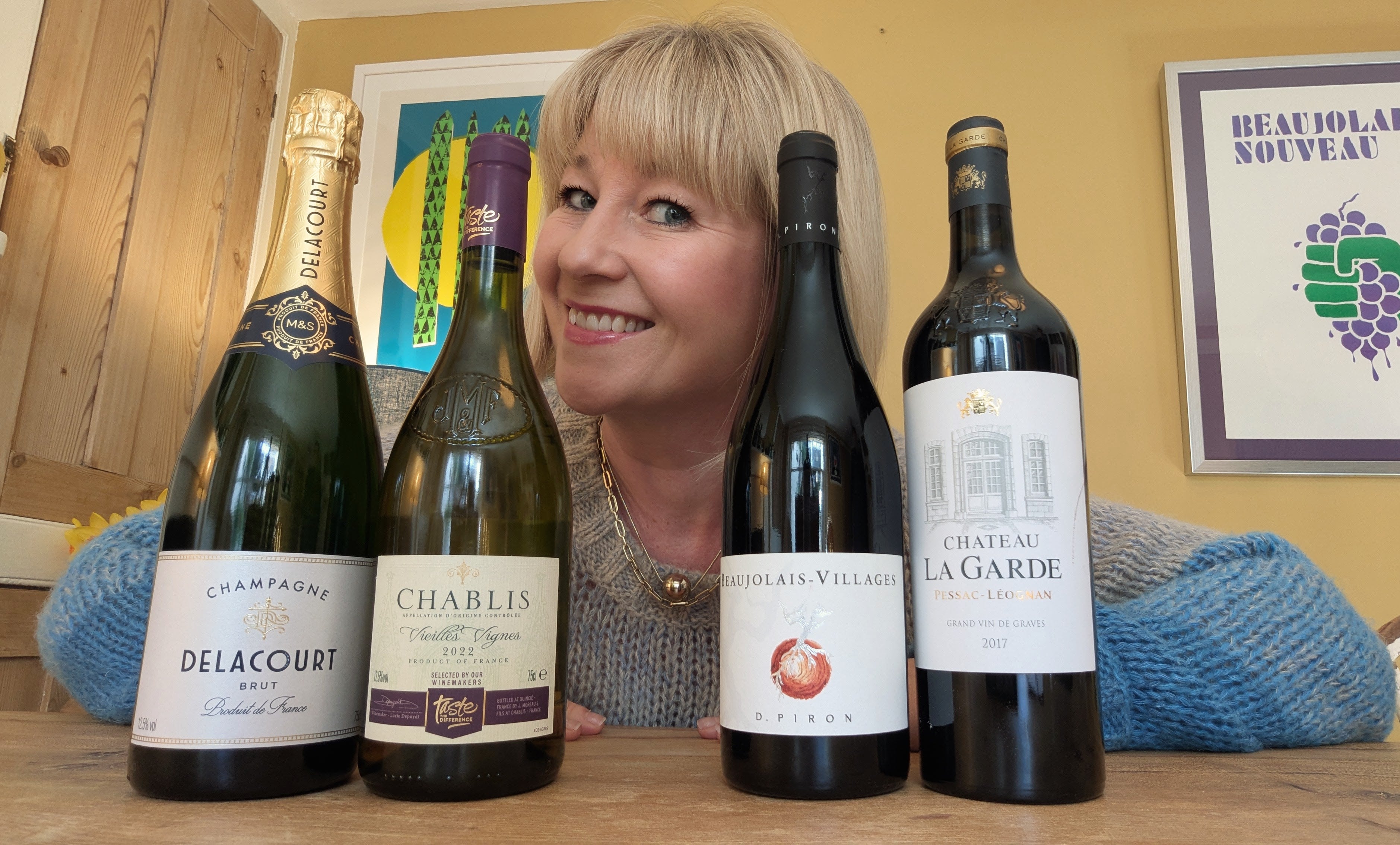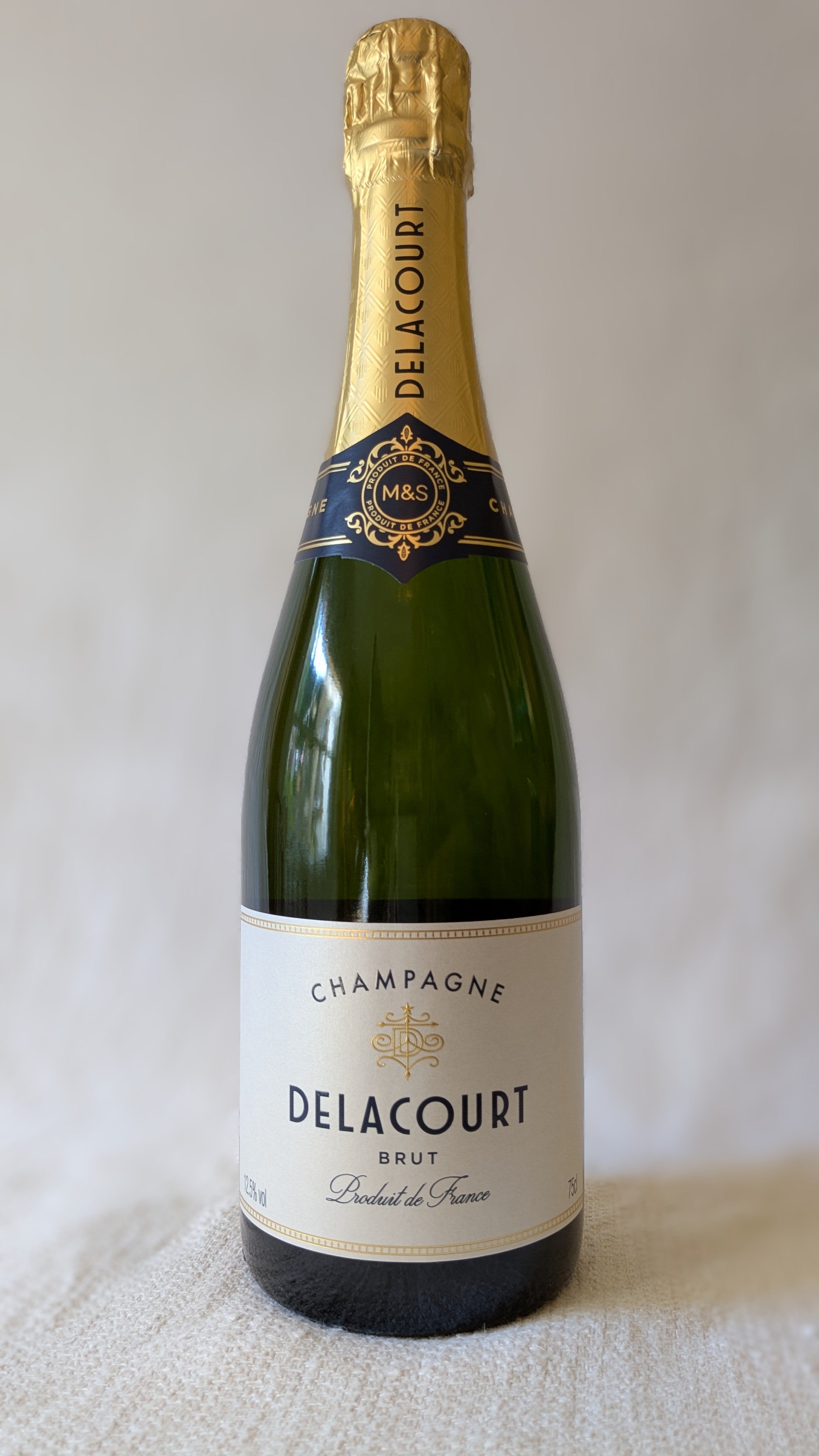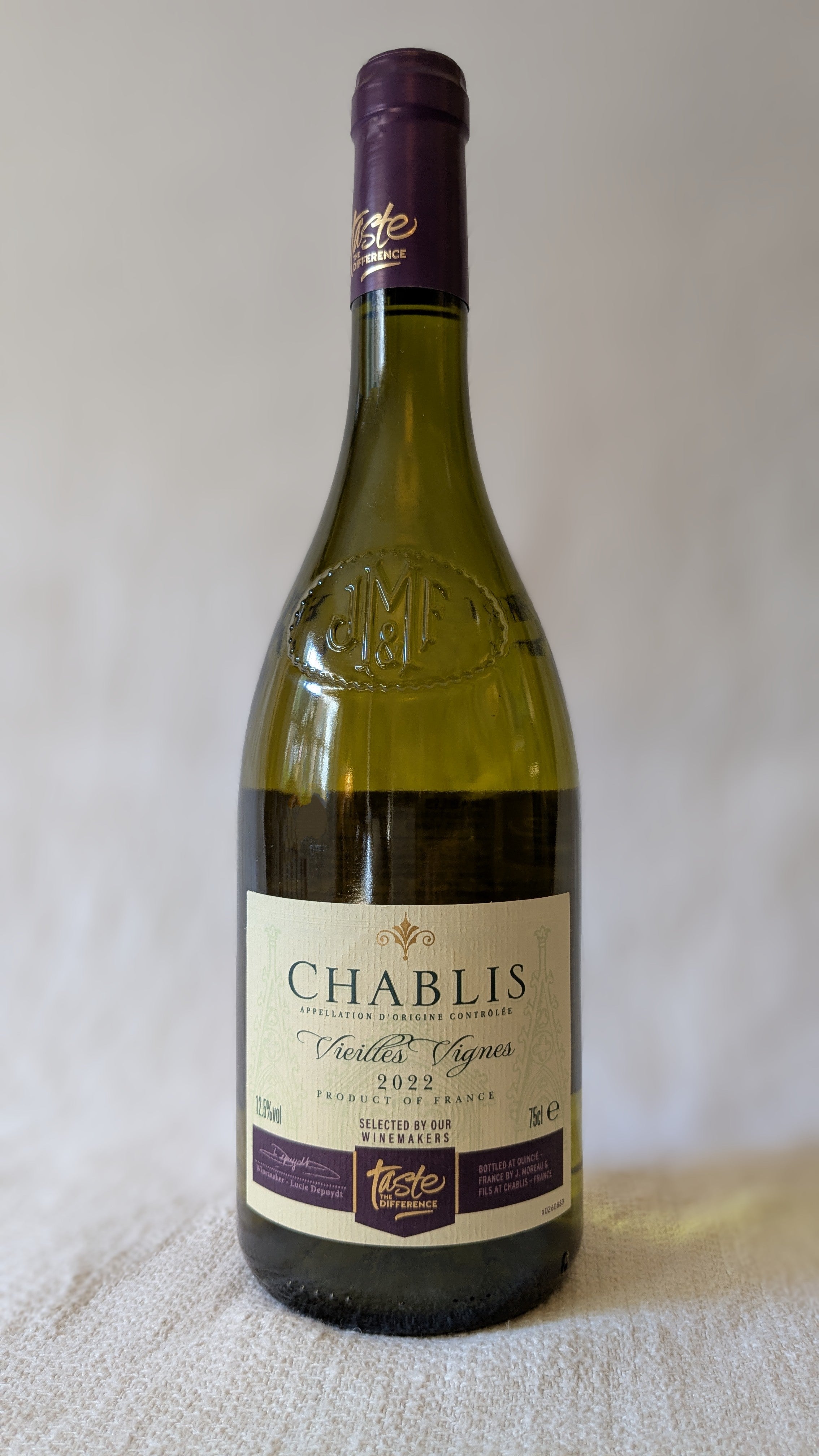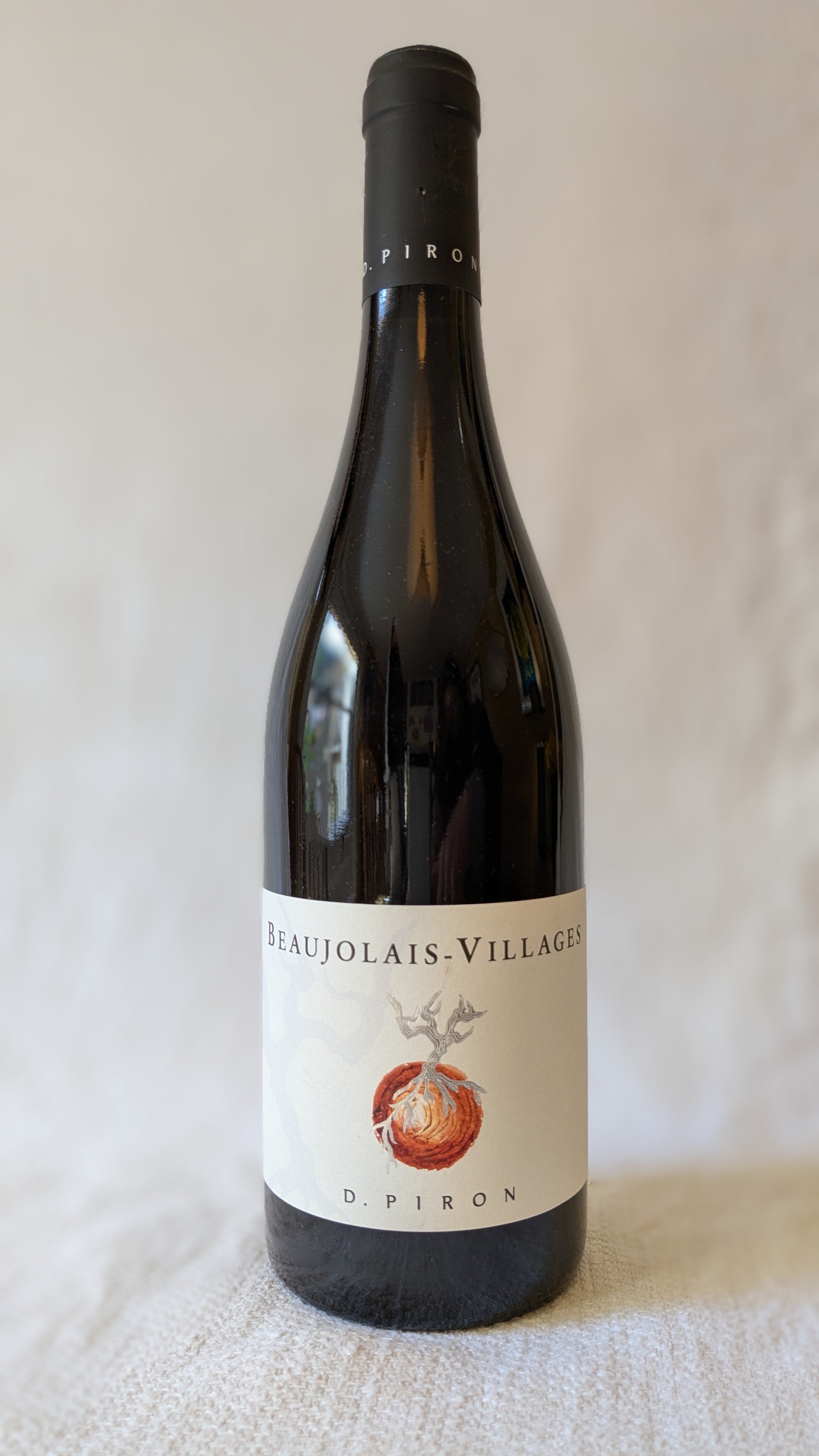How to enjoy fine wines (without breaking the bank)
The fine wine category probably conjures up various images, writes Rosamund Hall. But it needn’t be out of bounds for us regular folk


What do you think of when I say “fine wine”? Is it gentlemen of a certain age and class being fusty and entitled together? Or maybe a Georgian dining table groaning under crystal glasses and decanters filled with russet wine, with butlers stood silently in the corner?
Or perhaps it’s something bougier altogether – a group of flashy City lads out to splash their cash on big-boy magnums in a bid to impress. You’re probably not thinking of someone buying the nappies, cat food, toilet paper and emergency cans of spaghetti hoops.
In a report published by Knight Frank earlier this month, London was lauded as the “fine wine capital of the world”, which was based on the number of restaurants serving fine wines from the world’s top 250 wine producers and champagne houses. London has a whopping 519 of these restaurants, trouncing both Paris and New York. The report stated that “London alone will have seen the arrival of 20 new five-star hotels in the five years to 2028 – a global record.” It seems that high net worth tourists are flocking to the capital.
But what about us mere mortals, who, when we dine out, aren’t selecting from a wine list where over 60 per cent of the wines are priced at more than £150 per bottle? Is it possible to enjoy fine wine without breaking the bank?
Before I answer that question, I’d better lay out what exactly I mean by a fine wine.
I’d start with one word: quality. I’m talking about quality wine that’s produced by good quality grapes grown in quality sites, and made using good quality winemaking techniques – that’s a lot of quality! It historically had an association with classic wine-producing regions such as Bordeaux, Burgundy and Champagne, but there are a multitude of regions around the world making some exquisite fine wines.
But how do you know if you’re drinking one?
My favourite way to describe it is as if the wine was telling you a story, with a wonderful beginning, middle and end. The beginning delivers the aromas and flavours – this will be a multitude of layers, not just one upfront dominant flavour. The middle bit refers to the structure – is the acidity balanced with any tannins, and how does the alcohol feel? Does it all seem well put together? And then at the end – how long can you taste it for? Is it a sipper and forgetter? Or does it linger for many seconds, hanging out in your mouth, delivering pleasure long after you’ve swallowed it?
If it has all three elements, then chances are you’re drinking a fine wine. Even if it’s not “classified” as such by the wine drinking elite.
While I would generally suggest that most fine wines are best sought out in an independent shop, where the breadth of choice is greater, and the buyers will have some hand-selected delights, that just isn’t always possible. So is it an option to buy fine wine in the supermarket when you’re running around doing the big shop? Yes, if you know what to look for…
The premium own-label wines of supermarkets tend to offer the highest quality of wine for the price such as “No 1” in Waitrose, “Taste the Difference” in Sainsbury’s, “Tesco’s’ Finest”, etc. For years I’ve urged my friends to leave their scepticism in the trolley park and reach for a supermarket’s own label if they’re in doubt. It’s generally where the value lies.
And then there are those rare bottles that find their way on the shelf thanks to imaginative buyers snapping up some treasured parcels (such as one of my recommendations from Aldi). I’m focusing mainly on the classics in my round-up this week, as this seems like a fine point to start our journey.
M&S Delacourt Brut Champagne, France, NV
In-store at M&S or online via Ocado, £25, 12.5 per cent ABV

This is a great value champagne that doesn’t compromise on quality. It’s made by a partnership between M&S and Castelnau, a well-regarded cooperative in the region. I love the aromas of soft apple puree, butter biscuits, and a touch of honey and orange blossom – the gentle bubbles give a lovely feeling in the mouth, and the flavours keep rolling through, long after I’ve taken a sip.
Sainsbury's Chablis Vieilles Vignes, France, 2022
Available at Sainsbury's, £17.50, 12.5 per cent ABV

A great example of a high-quality own-label “fine wine”. Made by one of Chablis’s most internationally respected growers, the vielles vignes (old vines) come from vines aged between 30 to 60 years old. But what does that do? In a nutshell, it makes the grapes more concentrated, as they are not as vigorous in their volume of production. This Chablis delivered lemon curd, soft peach, and a racy zip of citrus too – all wrapped up with gorgeous mouthwatering acidity, and a persistent, long-refreshing finish. Vibrant, bright and makes me feel rather fine.
Beaujolais Villages, Dominique Piron, France, 2021
Available at Waitrose, £14, 12.5 per cent ABV

Burgundy is a classic region for fine wine, but that traditionally meant wines from the pinot noir grape. Instead, I’ve chosen a gamay from a 14th generation, family-run estate located in the southern Burgundian area of Beaujolais, in eastern France. Made from 50-year-old vines, this is perhaps simpler than many fine wines, but it still delivers layers of flavour: there’s red cherry, ripe plums, violets and a twist of peppery spice too. This medium-bodied wine is fresh, balanced, and lingers happily for a long time.
Château La Garde, Pessac-Leognan, France, 2017
In-store Aldi (from beginning of April), £19.99, 13 per cent ABV

A perfect example of a wine-buying team unearthing a little treasure. Pessac-Leognan is a sub-region in the area of Graves, in Bordeaux. This is where some of the most expensive red wines in the world come from. Château La Garde is regarded as a rising star in this region, and this plush, ample and completely-ready-to-drink-now wine shows why. Think blackcurrant, dark cherries, tobacco smoke and autumnal forest floor all layered together with silky tannins and a loooong finish. Truly fine wine under £20? Yes, please.
Rosamund Hall (DipWSET) is a freelance writer, presenter and columnist specialising in wine and spirits as well as travel and lifestyle
Join our commenting forum
Join thought-provoking conversations, follow other Independent readers and see their replies
Comments